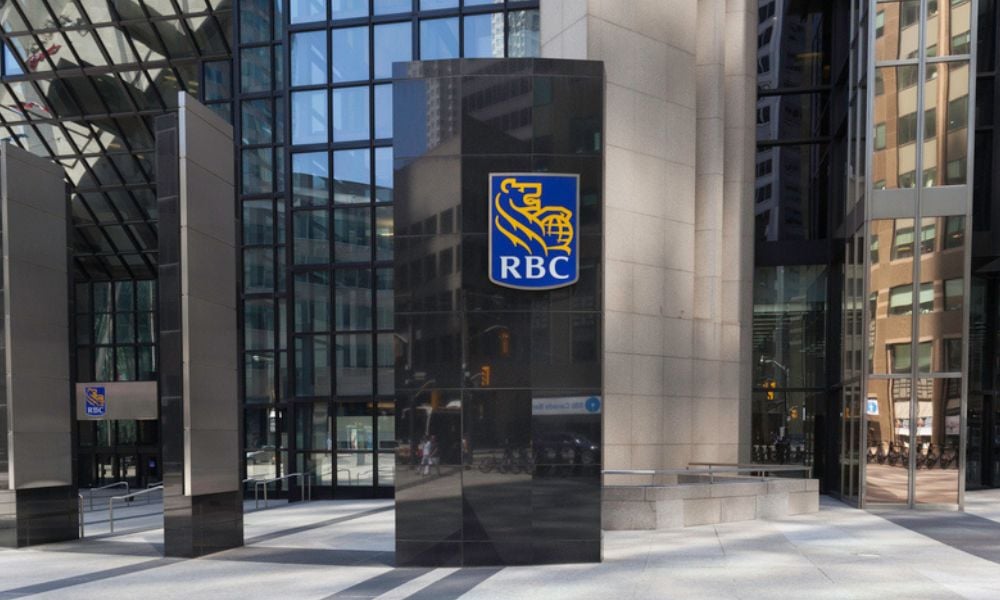Cost-effective approach rights wrongs, makes recommendations
The recent growth and expansion of the ombudsman role in the public, para-public and, increasingly, the private sector is a testament to the adaptability, effectiveness and value of the function.




